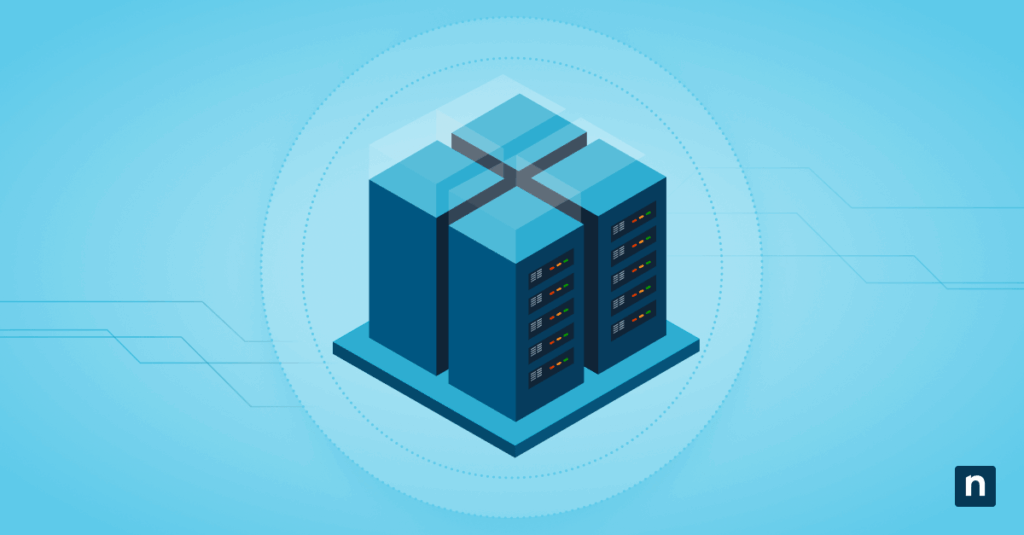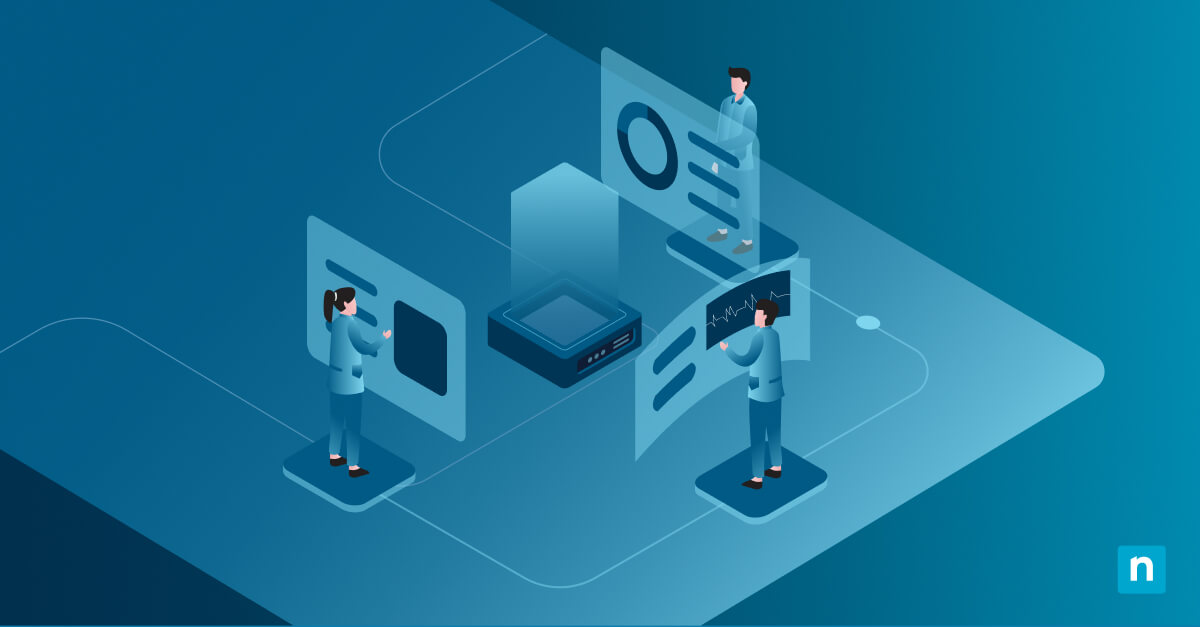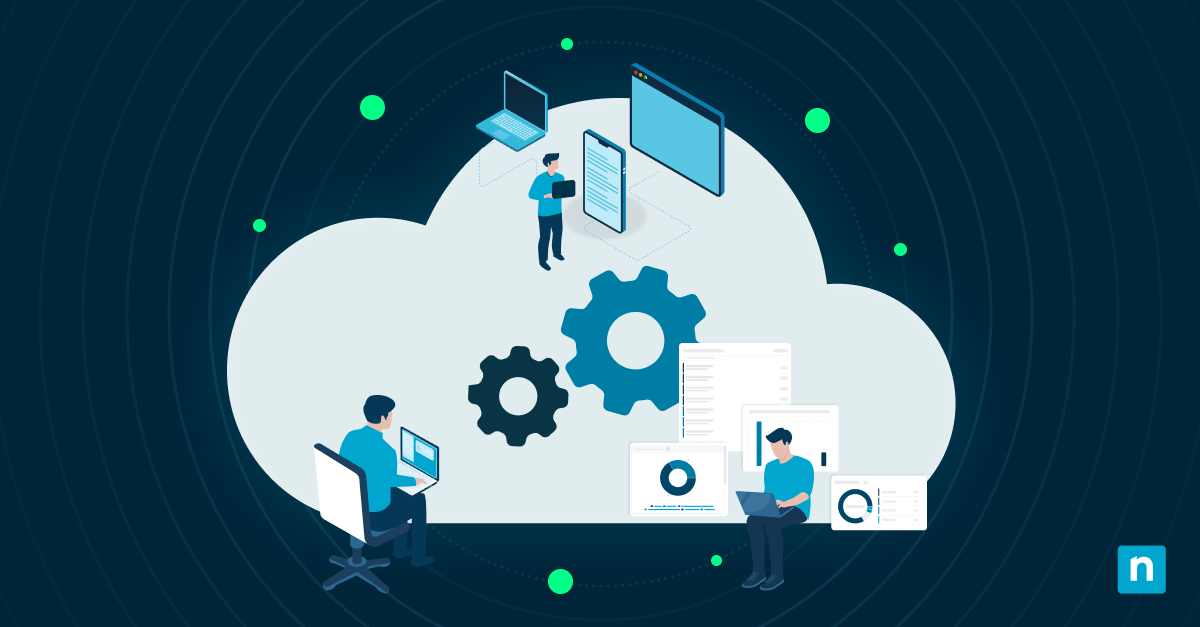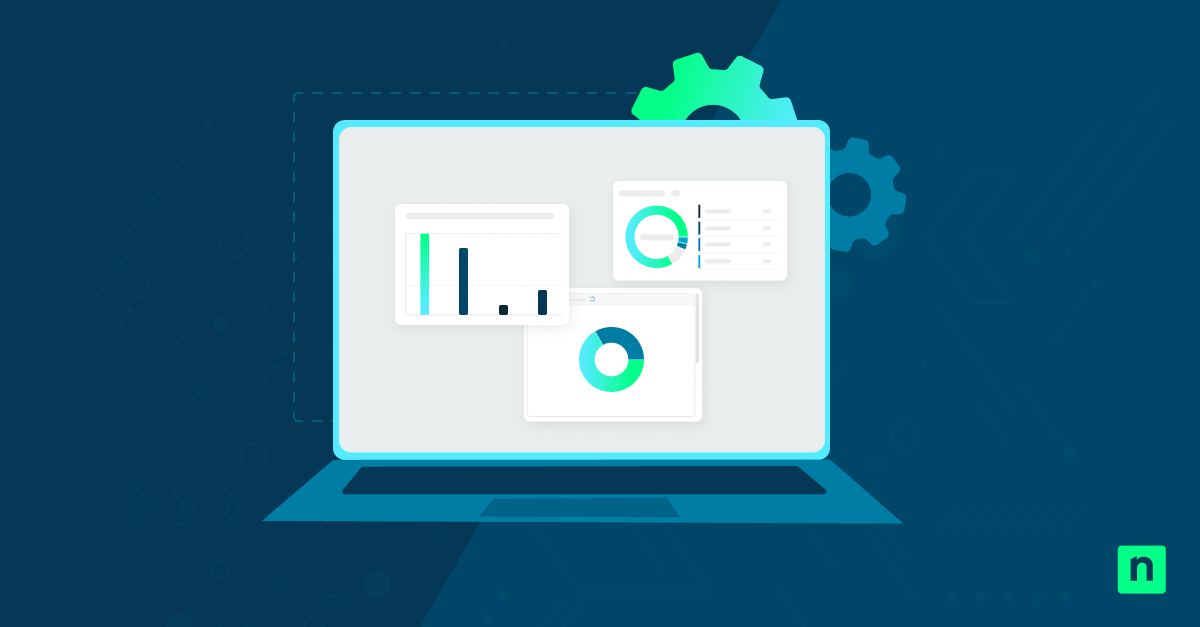Data recovery comes in many facets. Things like how long data restoration takes may vary depending on the type of restoration you need to execute. While this information may seem trivial, it plays a vital role in setting clients’ expectations regarding data recovery.
This distinction mentioned above, often framed as image backup vs file backup, is critical for IT professionals and managed service providers (MSPs) to communicate clearly to clients. Otherwise, clients may think that these two are equally straightforward and quick.
Here are other reasons why file-level and full-system recovery expectations with clients are critical:
- It helps clients understand the trade-offs between speed, cost, and complexity.
- A clear explanation can prevent surprises during a real recovery event.
- Giving the clients clear expectations establishes realistic RTO (Recovery Time Objective) and RPO (Recovery Point Objective) values in client agreements.
- It supports compliance and audit requirements.
- Without setting clear expectations, clients may have incorrect assumptions about data recovery, leading to dissatisfaction, mistrust, or budget disputes.
In this article, we will provide you with a structured approach to communicating realistic data recovery information to your clients. By distinguishing, documenting, and communicating file-level versus full-system recovery expectations, this blog should help improve service transparency, the accuracy of Service Level Agreements (SLAs), and the alignment of recovery outcomes with real-world limitations.
At a glance
| Task | Purpose |
| Define recovery types in plain language | Helps clients understand the difference between file-level and full-system recovery without technical jargon |
| Document RTO/RPO expectations by recovery type | Sets realistic benchmarks for recovery times and data loss tolerance, preventing false assumptions |
| Explain cost and effort tradeoffs | Clarifies why full-system recovery is more resource-intensive and justifies premium service tiers |
| Provide recovery workflow examples | Makes recovery processes tangible and easier for clients to visualize and compare |
| Integrate recovery types into SLAs and onboarding | Formalizes expectations in contracts and reinforces them during client onboarding |
| Demonstrate through recovery drills | Builds client confidence, validates MSP readiness, and makes recovery timelines more credible |
Prerequisites
Before performing the following tasks for this framework, you, as an MSP, should have the following essentials:
- Established RTO/RPO values: You should clearly define RTO (Recovery Time Objective) and RPO (Recovery Point Objective) values for each client backup and recovery type.
- Workflow documentation: Maintaining documented recovery workflows for both file-level and full-system scenarios is also critical for tracking activities and progress.
- IT tools: A reporting or documentation platform (such as IT Glue, SharePoint, or NinjaOne Docs) should also be deployed to house expectations and results.
- Preparedness: MSPs should be equipped and skilled to run demonstration restores periodically to validate recovery capabilities.
Having these elements ready ensures that conversations with clients are backed by data and evidence rather than assumptions.
Define recovery types in plain language
📌 Use Case:
This can help clients understand recovery types if you explain it using everyday language.
Not all clients may comprehend IT jargon and other deeply technical explanations of recovery types. Here are some straightforward explanations of file-level recovery and full-system recovery:
| File-level recovery | Full-system recovery | |
| Definition | Restores single files or folders, such as accidentally deleted documents or corrupted project files | Restores the operating system, applications, settings, and data in one process, typically used for ransomware attacks, hardware failures, or severe corruption |
| Speed | Typically rapid, often completed in minutes | Slower, ranging from hours to much longer, depending on resources |
| Impact | Minimal, with no downtime for the entire system | Entire systems remain offline until the recovery is complete. |
Example for clients:
“File-level recovery is like restoring one lost email. Full-system recovery is like rebuilding your entire inbox, applications, and settings after a laptop crash.”
Document RTO/RPO expectations by recovery type
📌 Use Case:
Clear expectations should be built into SLAs and client documentation. This helps prevent unexpected client assumptions during recovery events.
Create a simple RTO/RPO expectation matrix like the one below:
| Recovery type | Expected RTO | Expected RPO | Use case |
| File-level recovery | < 15 minutes | Minutes | Deleted file, user error |
| Full-system recovery | 1–4 hours+ | Last full backup | Ransomware, hardware failure |
You can include this matrix in your clients’ onboarding packets and SLA documents to ensure no surprises during recovery if clients’ assumptions are unmet.
Explain cost and effort tradeoffs
📌 Use Case:
Clarifying data recovery’s cost and effort tradeoffs can help clients make informed decisions.
Premium services involved in data recovery may carry higher costs. To enlighten your clients and help them align the service with their business needs, here are some explanations you can relay to them when discussing data recovery costs and effort tradeoffs:
- File-level recovery: Requires minimal technician time and infrastructure. It’s straightforward and often included in baseline service tiers.
- Full-system recovery: May require staging servers, bootable recovery media, significant bandwidth, and system reconfiguration. These additional steps justify higher service costs or premium disaster recovery tiers.
Provide recovery workflow examples
📌 Use Case:
Workflows help clients visualize what’s happening behind the scenes during a recovery. This can also give clients a clear idea about the complexities of a simple file restore vs. a full-system rebuild.
The following are the workflows involved in each recovery type that you must explain to your clients about:
File-level restore
- Locate backup copy:Identification of and access to the location with the files or folder needed to be backed up.
- Restore specific file/folder: The extraction of the requested files or folders instead of the entire system.
- Validate integrity and deliver to user: This confirms whether the restored item is usable and uncorrupted. It is also when the files or folders are returned to the end user for immediate use.
Full-system restore
- Boot from recovery media:The start of the recovery process, in which a dedicated boot disk, USB, or recovery partition is used.
- Select system image: This is where IT technicians will choose the complete backup image of the system. This typically contains the operating system, applications, configurations, and data.
- Rebuild OS, apps, and data: The restoration of the system to its prior state. It is done by reimaging the OS and reloading applications and files.
- Validate and return to production: The verification of functionality of the restored system. This is where IT technicians will check if the system works correctly so it can be handed back for operational use.
Integrate recovery types into SLAs and onboarding
📌 Use Case:
A formal contract with a dedicated section to SLAs ensures both parties know the recovery times, costs, and processes associated with each type of recovery.
The processes, workflows, and expectations discussed with the clients should be documented and formalized as a contract. This eliminates ambiguity and formally sets clients’ expectations. Here’s how:
- Add a section in SLAs explaining file vs. full recovery expectations (See Define recovery types in plain language section.)
- During client onboarding, review recent restore drill results (e.g., “File restore in 10 minutes, full-system test took 3.5 hours”).
- Make this part of future QBR discussions to reinforce transparency.
Demonstrate through recovery drills
📌 Use Case:
This task can solidify client expectations by showing them a controlled drill to witness what’s happening throughout the recovery process.
The workflow on paper may be enough, but showing your clients a demonstration through recovery drills can give them a clearer picture of what to expect during the operation.
- File-level drill: Conduct quick restores of deleted files during QBRs to demonstrate reliability.
- Full-system drill: Schedule annual or semi-annual mock system restores to highlight timing, potential challenges, and the effort required.
NinjaOne integration
NinjaOne and its tools can help align clients’ expectations with their assumptions about data recovery workflows.
| NinjaOne service | What it is | How it helps align recovery expectations |
| Recovery documentation | Formal records of RTO/RPO values and workflows for file-level vs. system recovery | Provides clients with transparent benchmarks and helps prevent unrealistic recovery assumptions |
| SLA integration | Inclusion of recovery types, timelines, and costs in service agreements | Ensures both parties agree on recovery tradeoffs, reducing disputes during downtime events |
| Recovery workflow demos | Demonstrations of file-level and full-system restores during QBRs or onboarding | Makes differences tangible for clients and builds trust in MSP recovery capabilities |
| Cost and resource mapping | Clear explanation of technician effort, infrastructure needs, and costs for each recovery type | Justifies service tiers and premium disaster recovery offerings with evidence-based explanations |
| Automated test restores | Scheduled drills of file-level restores and periodic system image recovery tests | Validates real-world readiness, ensures backups are functional, and builds client confidence |
Setting clients’ expectations for file-level vs full-system recovery
Setting realistic expectations about data recovery enlightens your clients on the correct workflow while debunking incorrect assumptions. You can start by differentiating file-level from full-system recovery in the simplest way possible.
Other steps include:
- Document RTO/RPO differences clearly in SLAs
- Be transparent about costs and resource needs
- Provide workflow overviews for clarity
- Validate readiness with regular drills
- Use NinjaOne to automate tracking, testing, and reporting
Following these best practices can help MSPs to set realistic service benchmarks for clients and gain their trust.
Related topics:








